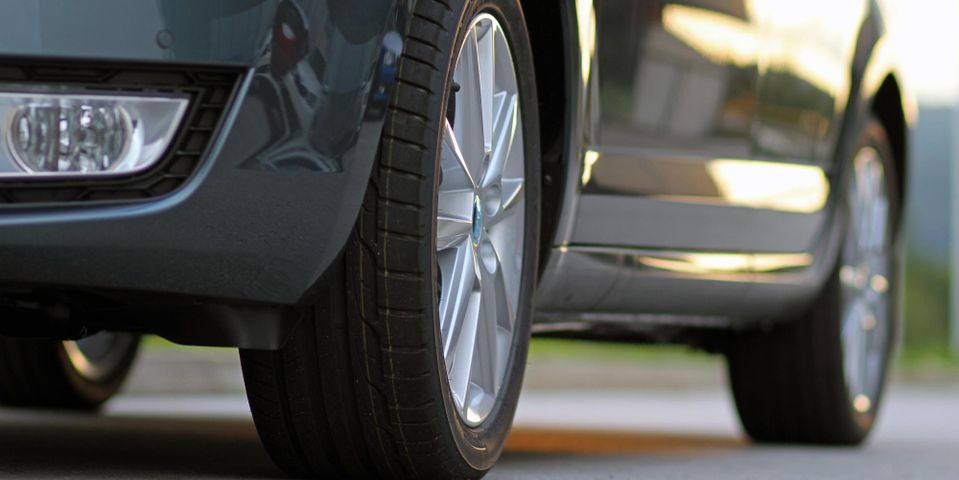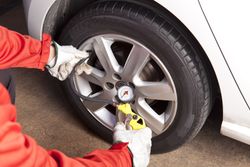
Because of variations in road conditions and driving style, your vehicle’s tires may not wear evenly. If you have your tires regularly rotated, however, their treads will remain uniform. Below, find a helpful guide to tire rotations and reasons why rotation is a crucial aspect of vehicle maintenance.
A Guide to Tire Rotations
Why They’re Necessary
Because tires may not wear evenly, you need rotations to keep the tread patterns as consistent as possible. In addition to preventing flats and blowouts, you’ll extend the life span of your tires and save money on replacements. Rotate them approximately every 5,000 to 7,000 miles.
Signs You Need Them
If your car vibrates while you’re driving, the shaking you experience may be the result of uneven tread patterns. Having your tires rotated should resolve the issue.
 Tires that deflate quickly may need to be rotated, too. Road stresses cause tires to lose air. If you find they need air at unusually frequent intervals, have them inspected and rotated. Also, if any tires show signs of feathering or scalloping, have them rotated to prevent any further damage.
Tires that deflate quickly may need to be rotated, too. Road stresses cause tires to lose air. If you find they need air at unusually frequent intervals, have them inspected and rotated. Also, if any tires show signs of feathering or scalloping, have them rotated to prevent any further damage.
When to Get New Tires
To determine the condition of your tires, take a penny and place it sidelong into the tread. If you can see the top of Lincoln’s head, your tires have less than the recommended minimum tread depth—a 16th of an inch. If tread depth is under the minimum, replace your tires. Bald tires pose an increased risk of flats, blowouts, and accidents.
Keep your tires in excellent condition and your vehicle street-safe with regular rotations from Lee Tire. For over two decades, they’ve provided new and used tire sales, balancing, mounting, and repairs to Lexington, KY, drivers. Call (859) 254-6157 to check pricing or to set up an installation appointment. Visit them online to learn more about tires in stock and the brands they carry.
About the Business
Have a question? Ask the experts!
Send your question

